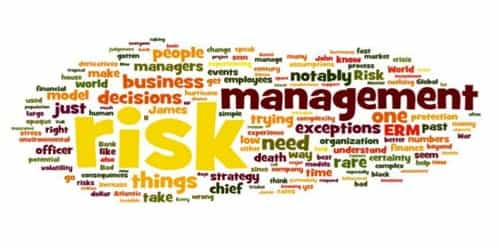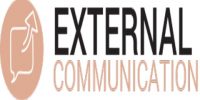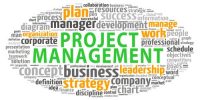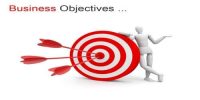Qualitative techniques of Environmental Forecasting
In today’s business world rapid changes are too frequent. It would be crucial for managers to invent new ways of surviving in the ever-changing business environment. They would have to build up the capacity of a firm to face the changes and adapting themselves to changes. To prepare for such ongoing eventualities, managers will have to prepare themselves for really understanding the remote and the immediate environments of business and mechanisms of changes that affect their industry or firm. All forecasting techniques can be classified as either qualitative or quantitative. Qualitative techniques are based primarily on opinions and judgments.
Qualitative Forecasting Techniques:
- Sales Force Composite:
Under the sales force composite method, a forecast of sales is determined by combining the sales predictions of experienced sales people. Because salespeople are in constant contact with customers, they are often in a position to accurately forecast sales.
Advantages of this method are the relatively low cost and simplicity. The major disadvantage is that sales personnel are not always unbiased, especially if their sales quotas are based on sales forecasts.
- Customer Evaluation:
This method is similar to the sales force composite except that it goes to customers for estimates of what the customers expect to buy. Individual customer estimates are then pooled to obtain a total forecast.
This method works best when a small number of customers make up a large percentage of total sales. Drawbacks are that the customer may not be interested enough to do a good job and that the method has no provisions for including new customers.
- Executive Opinion:
With this method, several managers get together and devise a forecast based on their pooled opinions. Advantages of this method are simplicity and low cost. The major disadvantage is that the forecast is not necessarily based on facts.
- Delphi Technique:
The Delphi technique is a method for developing a consensus of expert opinion. Under this method, a panel of experts is chosen to study a particular question. The panel members do not meet as a group and may not even know each other’s identity. Panel members are then asked (usually by mailed questionnaire) to give their opinions about certain future events or forecasts.
After the first round of opinions has been collected, the coordinator summarizes the opinions and sends this information to the panel members. Based on this information, panel members rethink their earlier responses and make a second forecast. This same procedure continues until a consensus is reached or until the responses do not change appreciably. The Delphi technique is relatively inexpensive and moderately complex.
- Anticipatory Surveys:
In this method, mailed questionnaires, telephone interviews, or personal interviews are used to forecast customer intentions. An anticipatory survey is a form of sampling, in that those surveyed are intended to represent some larger population.
Potential drawbacks of this method are that stated intentions are not necessarily carried out and that the sample surveyed does not represent the population. This method is usually accompanied by medium costs and not much complexity.
















